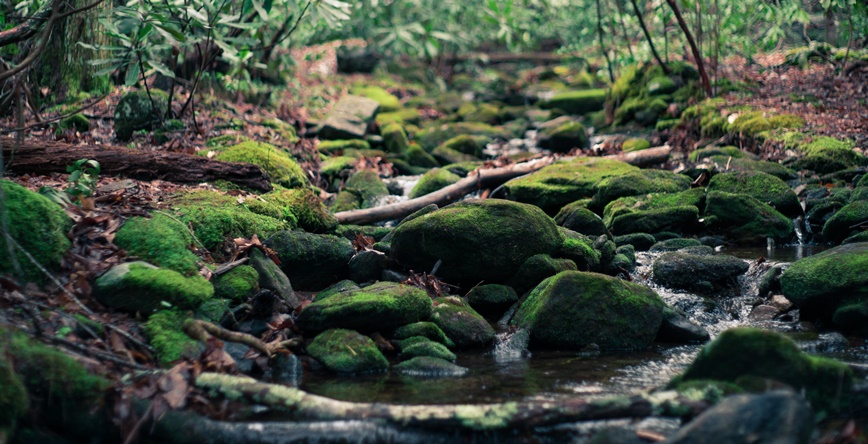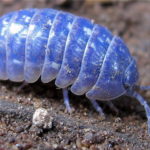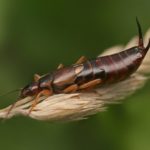Moss Plants Scientific Names – Peat, Irish, Rose, and Fern Mosses
Mosses plants are leafy plants that grow in moist, shady places. Together with liverworts, mosses make up a division of simple plants that botanists call Bryophyta. There are roughly 15,000 kinds of mosses in the world. They have no economic value but are of interest to biologists because the first land plants were probably of this type. In addition, mosses are valuable as soil builders, since they are among the first plants to colonize the new land.
As we already mentioned, the scientific name of the moss is Bryophyta. But there are several types of this plant, so let’s check the scientific names of popular mosses:
- The scientific name of peat moss is Sphagnum.
- Irish moss scientific name is Chondrus crispus.
- The Moss Rose scientific name is Portulaca grandiflora.
- The scientific name of the Fern moss is Thuidium.

Mosses plants reproduce by means of spores. The spores are carried in a capsule borne on a long stalk that arises from the crown of a moss stem. The capsule commonly has a little lid, which falls off when the spores are ripe, and a ring (or two rings) of tiny teeth attached to the rim and pointing inwards. The teeth are open or close according to the amount of moisture in the air. In dry air, the teeth are open and the spores are shaken out by the wind.
A moss spore germinates into a highly branched, green, threadlike body called a protonema. The protonema gives rise to several new moss plants in a small clump. When the moss plants are mature, the tips of the stems and branches develop sex organs. In wet weather, the male cells are released, and swim to the female cells, and fertilize them.
The fertilized female cell develops a long stalk bearing a spore capsule at its top.



























